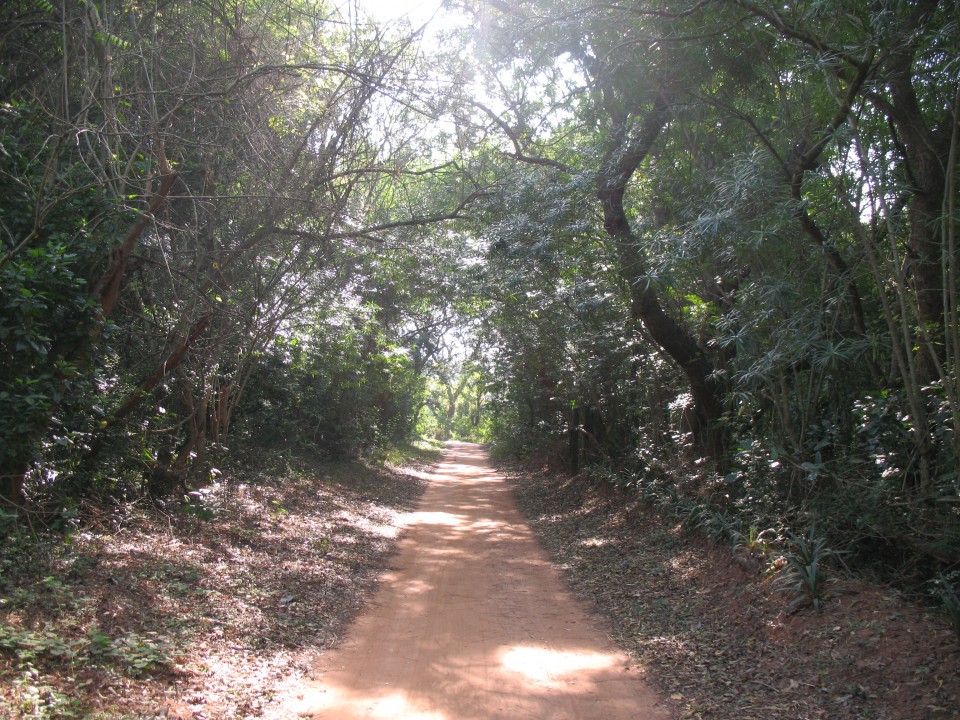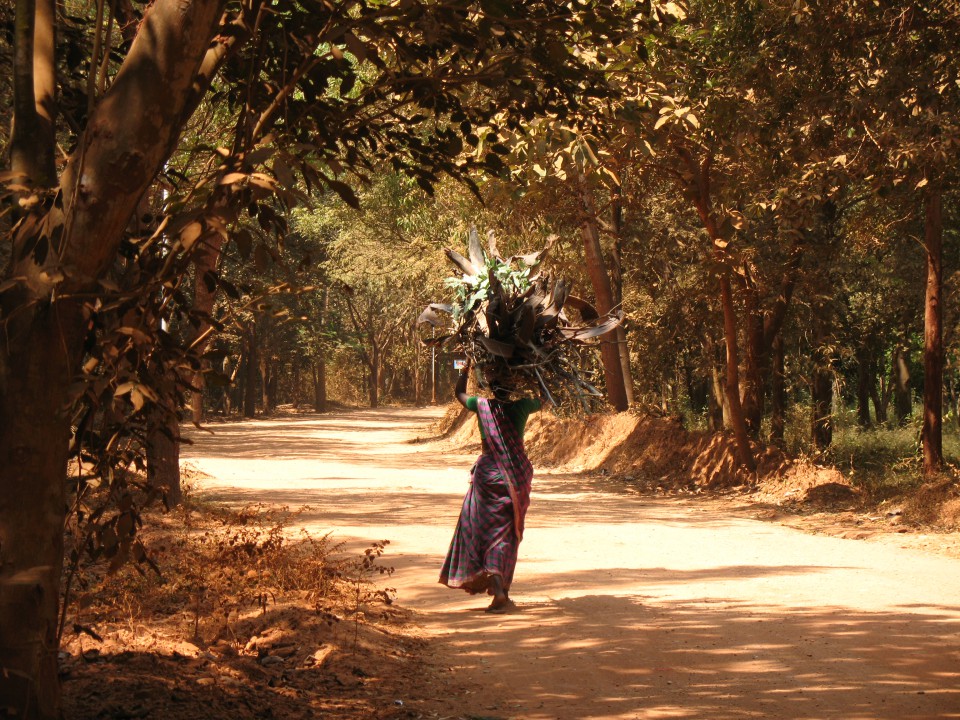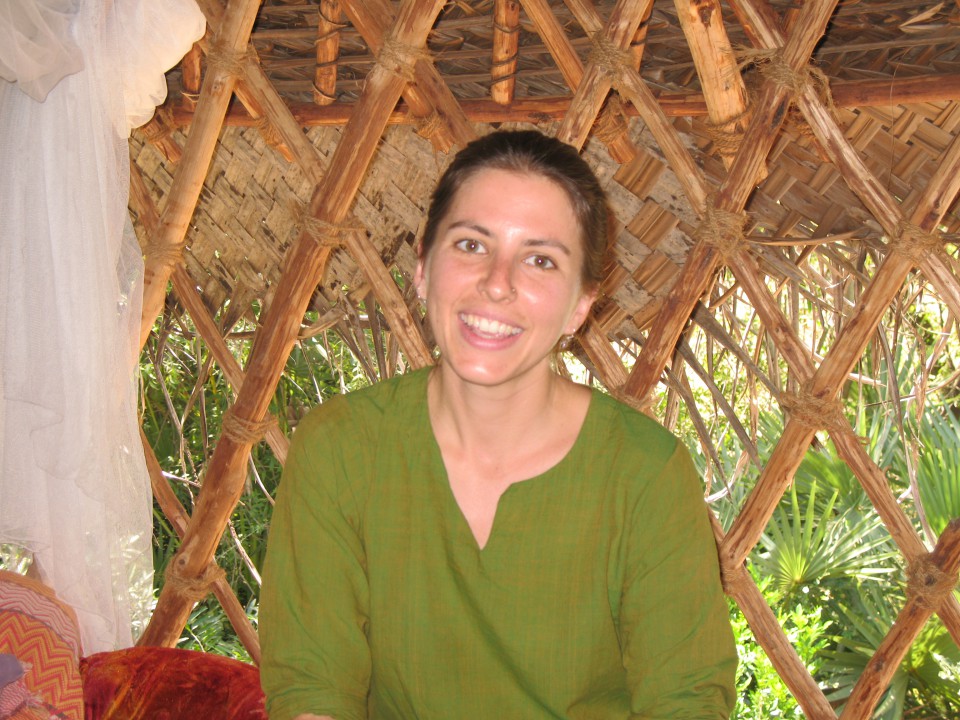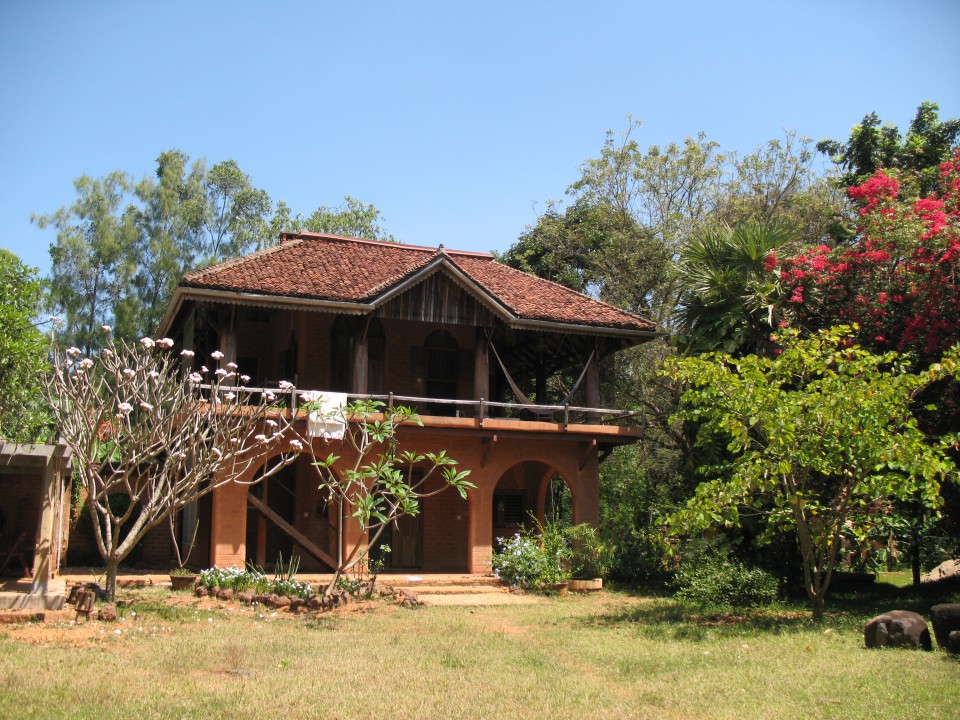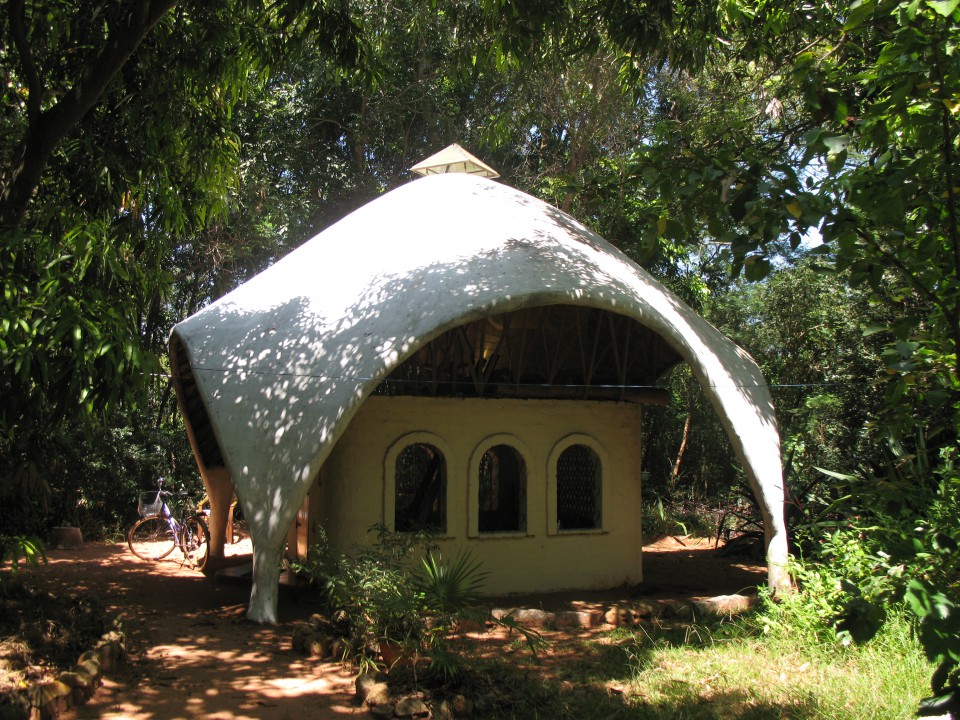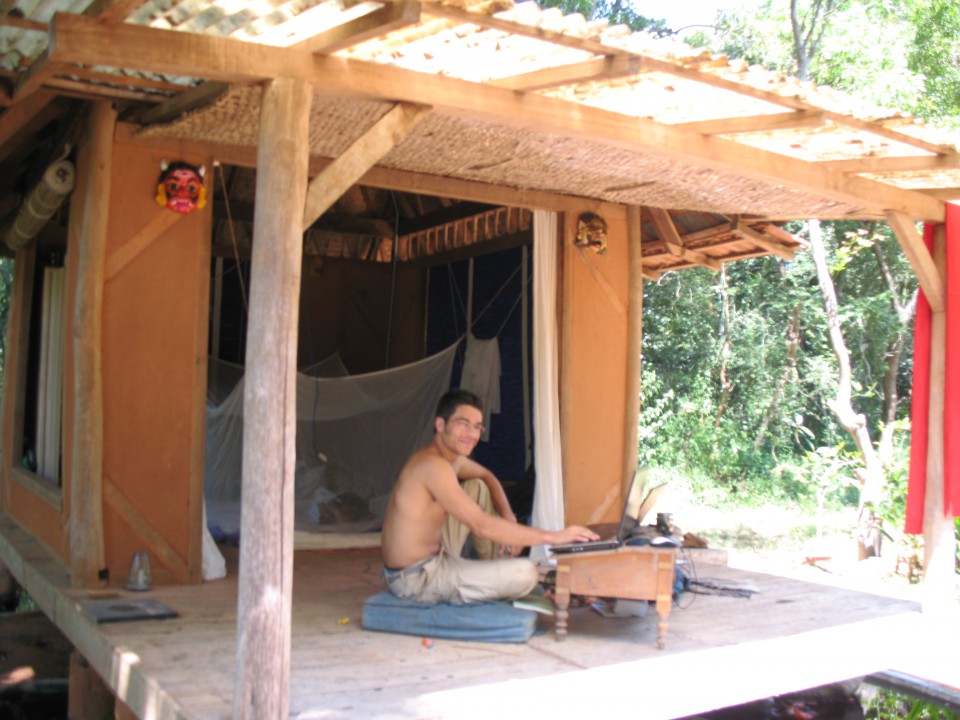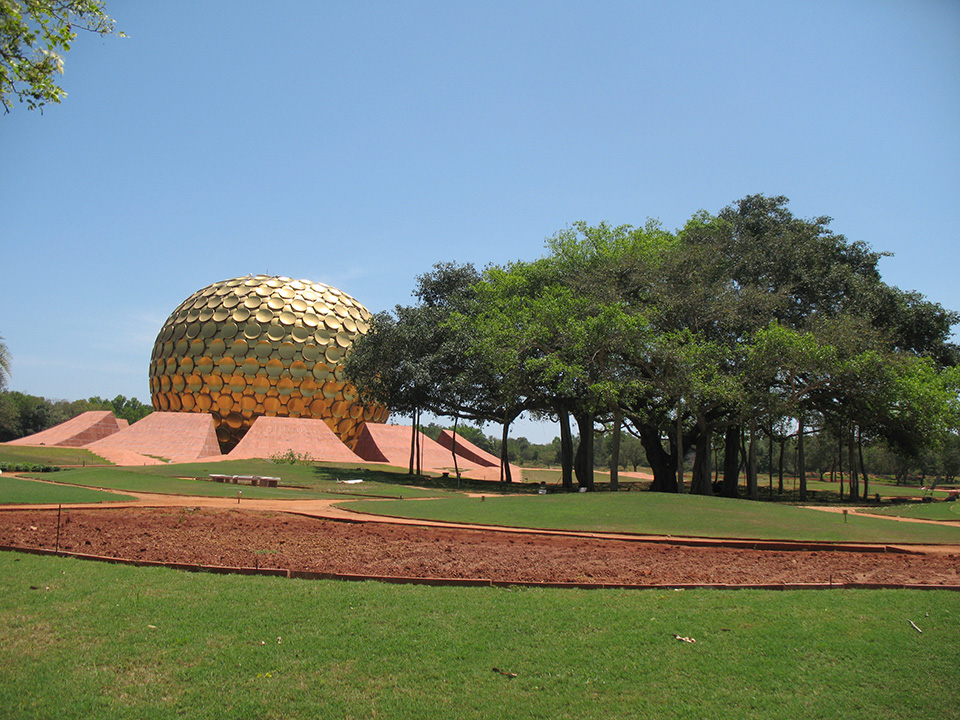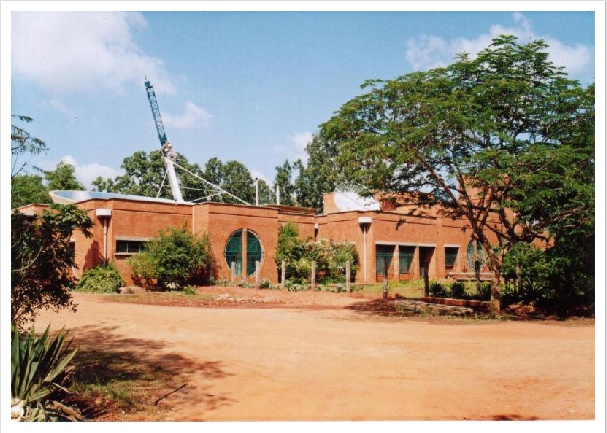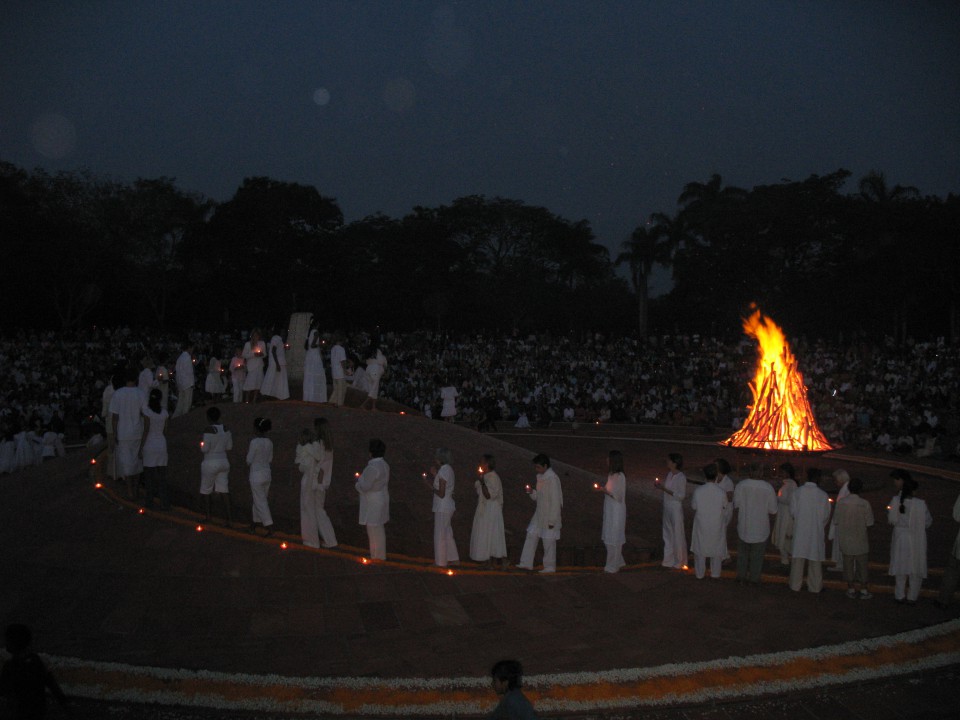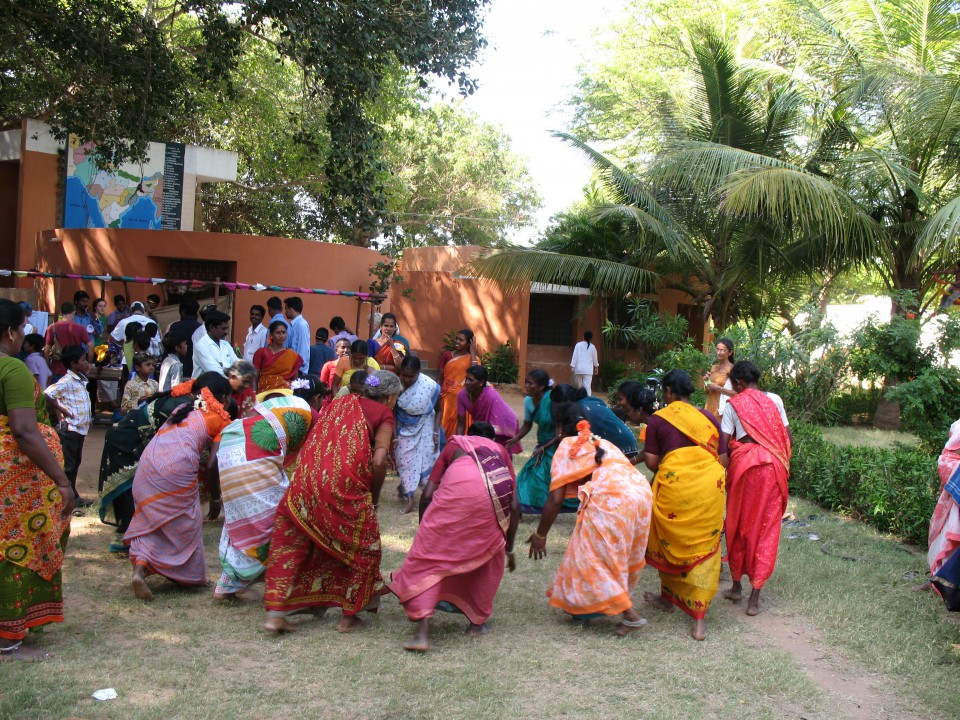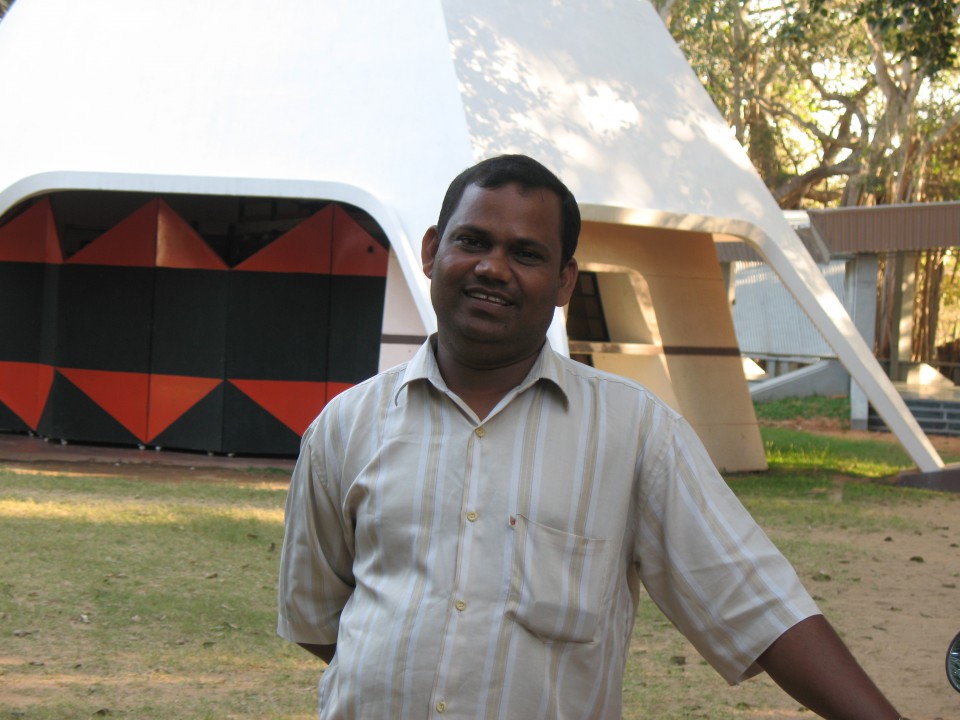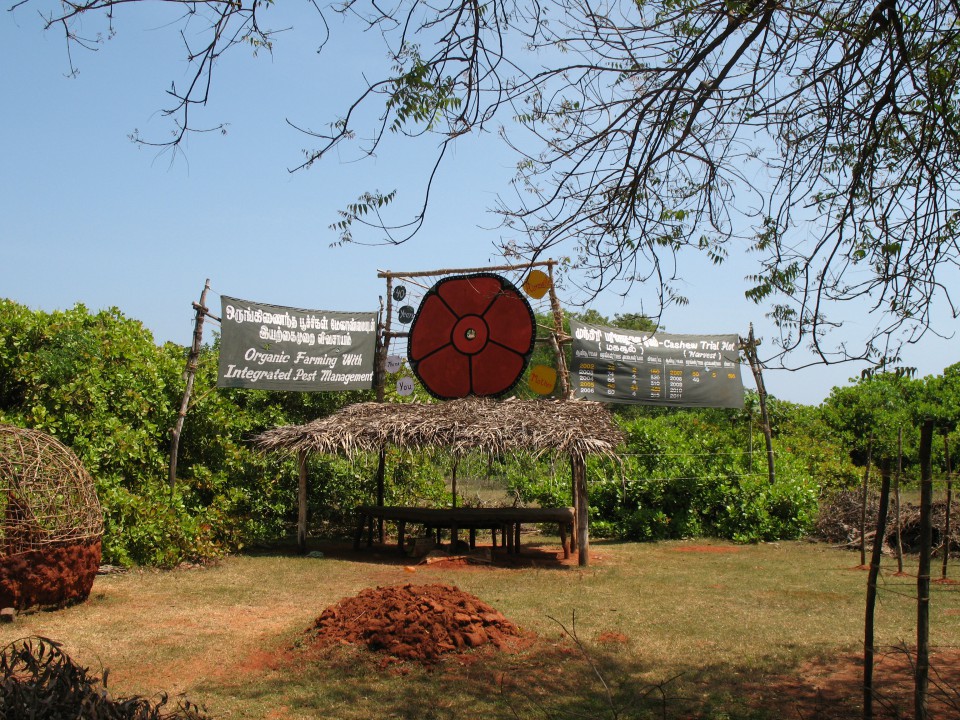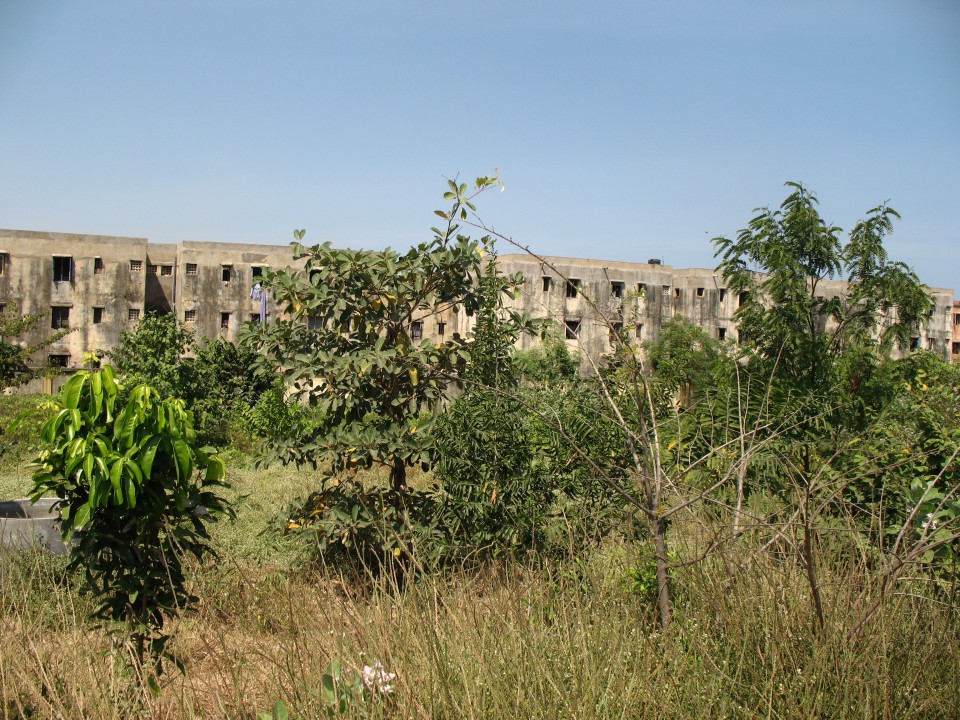Auroville
Auroville is first and foremost an international township with a spiritual objective—to embody the ideal of human unity—and its ecological work comes as a consequence. Auroville’s overarching vision is grounded in the Integral Yoga of Sri Aurobindo, which understands biophysical reality as an evolutionary unfoldment of Spirit.
Founded in 1968 upon a severely eroded plateau in south India, the first order of business for the pioneers was to revitalize the land. Three million trees later, Auroville is home to over 2,000 people from 43 different countries and is one of the few places on Earth where biodiversity is actually increasing.
The community is also a world leader in compressed-earth building techniques, rainwater harvesting, plant-based sewage treatment, solar and wind energy, and Effective Microorganisms.
Auroville’s tremendous dynamism is partly due to its proximity to 40,000 traditional Tamil villagers, many of whom work in Auroville’s guesthouses and cottage industries. While most Aurovilians live very simply by American standards, their lifestyles are far more comfortable than those of the surrounding villagers.
The inevitable social and economic tensions suffuse every aspect of Auroville’s existence—from housing policies, to the division of labor, to race and gender relations. In this way, Auroville is a microcosm of the world. To the extent that it succeeds in exemplifying the ideal of human unity, Auroville’s discoveries for every facet of E2C2 will therefore have global significance.
Official website: http://auroville.org/
Journeyman Pictures documentary about Auroville
http://www.youtube.com/watch?v=TrlYo75fSXU
